It’s time for coach talk.
And I’m not talking about putting up more points on the scoreboard than the other side.
I’m talking about fundamentals. What every coach says his or her players need to go back to after a big loss.
We’re getting back to basics on gunsmithing on a toolroom lathe like LeBlond’s RKL-1340G, or our smaller gearhead RKL-1332G or RKL-1332G/E educational model.
I plead patience for veteran machinists – we’re going to review newbie concepts that might be obvious to those who have been in the trade for decades.
Gunsmithing Defined
What exactly is gunsmithing?
This is the practice of turning, chambering and creating fitting actions on a gun barrel by operating a toolroom lathe like the RKL-1332G.
Gunsmiths use a variety of manual machine tools like such as drills and vertical knee mills, but it is much easier to shape a lathe bit for gunsmithing than to try and reshape a milling cutter. When chambering on a toolroom lathe, you will be able to make any caliber of barrel.
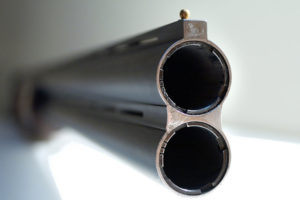
Shotgun Barrels: Easiest to Handle
For example, on a RKL-1332G, you have enough carriage length (16.2”) to allow you to chamber, for example, up to 50 caliber rifle barrels 2” in diameter. A machinist may cut on stress proof steel stock like M-1 carbine 1350.
Shotgun barrels are the easiest rifles to gunsmith. You could use a machine like the RKL- 1332G to thread shotgun plugs that fit into the end of a 12, 16 or 20-gauge pump or automatic shotgun. The plugs screw into the end of the barrel and determine how tight the buckshot pattern is.
Narrow Headstock Ideal for Gunsmithing on a Toolroom Lathe
A machinist would chamber or thread a barrel either through the headstock or the along the length of the bed using steady rests.
In looking for an ideal toolroom lathe for gunsmithing like the RKL-1332G, you want a narrow headstock that allows you to fit, say, a 3’ long shotgun barrel thru the headstock and jawed on the outboard side with a collar chuck like a spider.
Review of Chucks
Since 98% of the work is done within 10” of the chuck with any lathe, it might be a good idea to review chucks.
When you turn the pinon adjusting screw on a three-jaw “scroll” chuck, the jaws all move in and out equally, often referred to as “self-centering”. On a four-jaw “independent” chuck, when a machinist tightens one pinon-adjusting screw, only a single jaw moves, not all of them in unison like on a scroll.
Four-jaw chucks are often used for holding off-center workpieces. Each jaw can be independently removed from the chuck body and reversed for a variety of uses when holding a workpiece.
Large Spindle Bore
While discussing chucks, it is also wise to refer to other areas of the headstock.
When chambering a barrel, the hole through the headstock, the spindle bore, should be at least 1-1/2” as you will need to center the barrel blank. The spindle bore on the RKL-1332G/E is an ample 2.1” With a spindle bore at this size, you can take a 26” or longer barrel blank through the headstock.
Threaded Spindle
You also want to make sure your spindle is threaded at the rear, so you can mount a spider chuck or custom workholding device on the outboard of the headstock. Now that we have coached you up on some basics, we will review spiders and other features that are ideal for gunsmithing on a toolroom lathe in our next post.
If you’re interested in new LeBlond or K.O. Lee machines, fill out a Request for Quote here. If you require OEM parts for your LeBlond, K.O. Lee, Standard Modern, Johnson Press, Deka Drill or W.F. & John Barnes equipment, fill out this form. If you have an interest in LeBlond or K.O. Lee accessories like a Newall Digital Readout, see this form. You can always call LeBlond at +1 (888) 532-5663 with any questions.



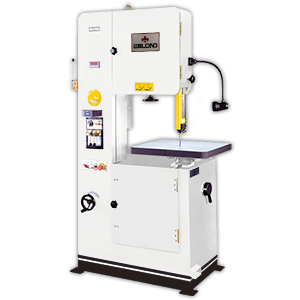
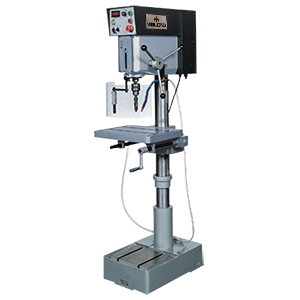
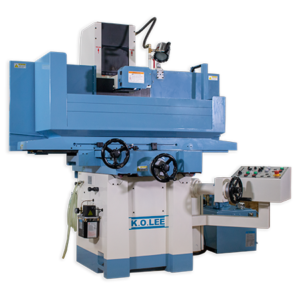
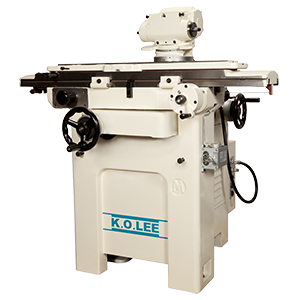

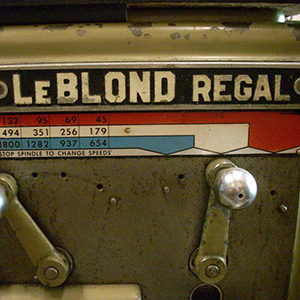
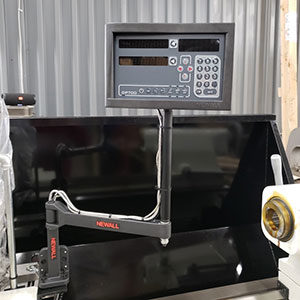
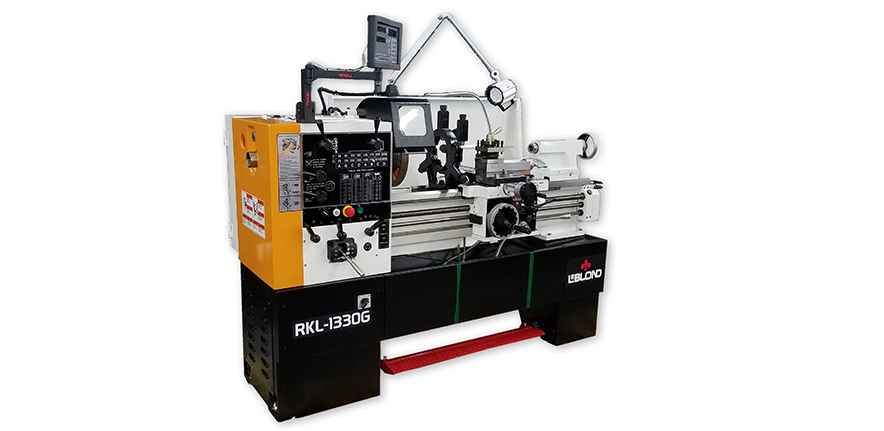
Some people are just gone to hate. Football finale 4 is based mostly on which teams can bring in the most money.ROLL TIDE
Hey Roy,
No disrespect to the mighty Tide. Remember, we at LeBlond are in Buckeye country and a little bitter at being left out.
Maybe the Bucks and Bama will meet next year oh the gridiron. Enjoy the holidays and a season of Bowling!
Let us know if you ever need a good lathe for gunsmithing.
Mike
Thank you for the post. Please keep them coming.
No problem, Charles. Let us know if you have any specific questions on features of a LeBlond RKL that you would like more info on when it comes to gunsmithing.
Mike
I believe your clock is off the messages below all read a time that is later than the time I’m writing this 12/11/17 11:38am
Anthony, the clock on this section is 4 hours ahead for some reason. Not sure why. LeBlond is located in Cincinnati, Eastern Standard Time which sounds like where you’re at. Let us know if you have any further questions or call us at (888) 532-5663. Thanks.